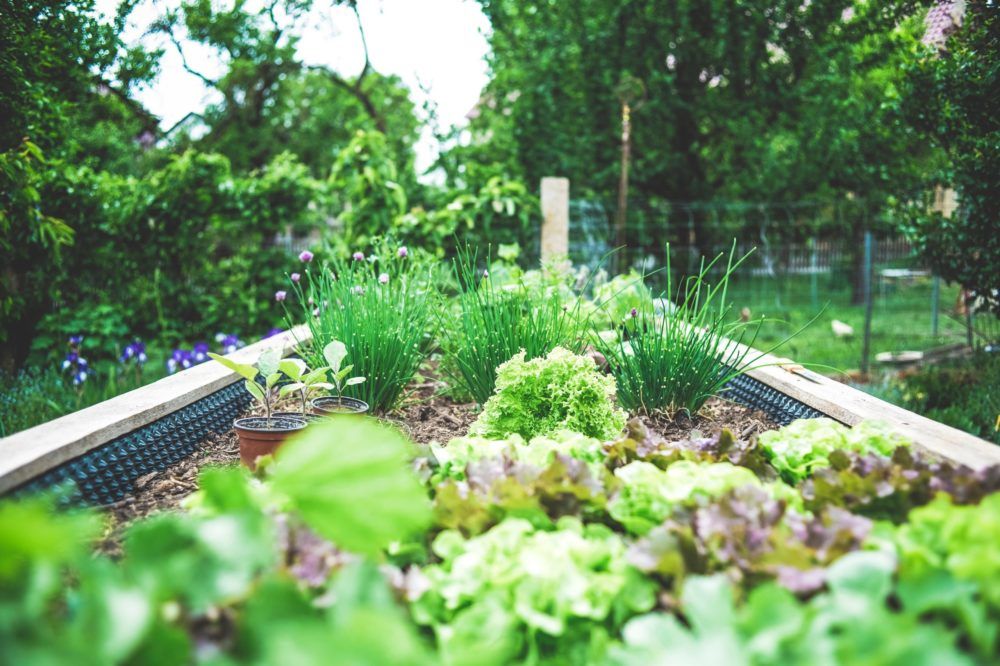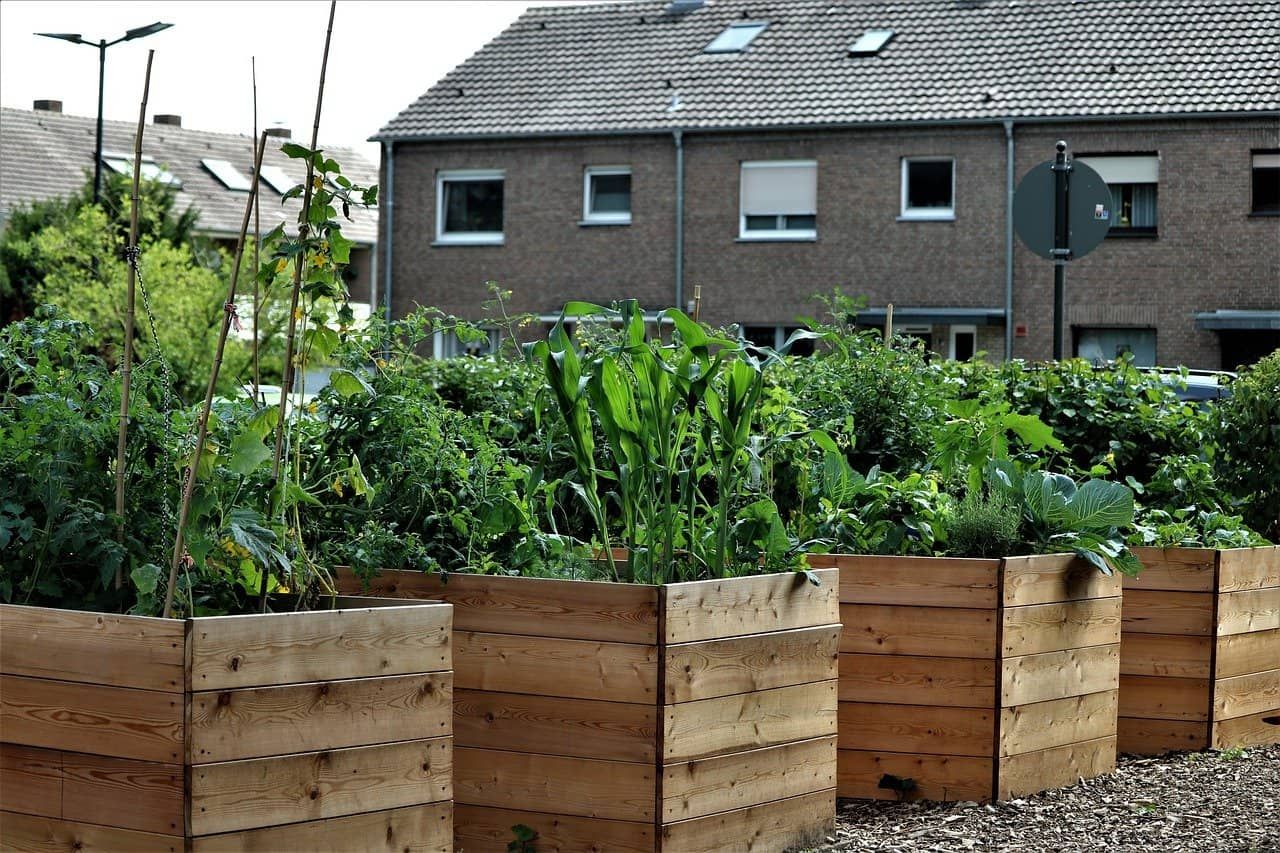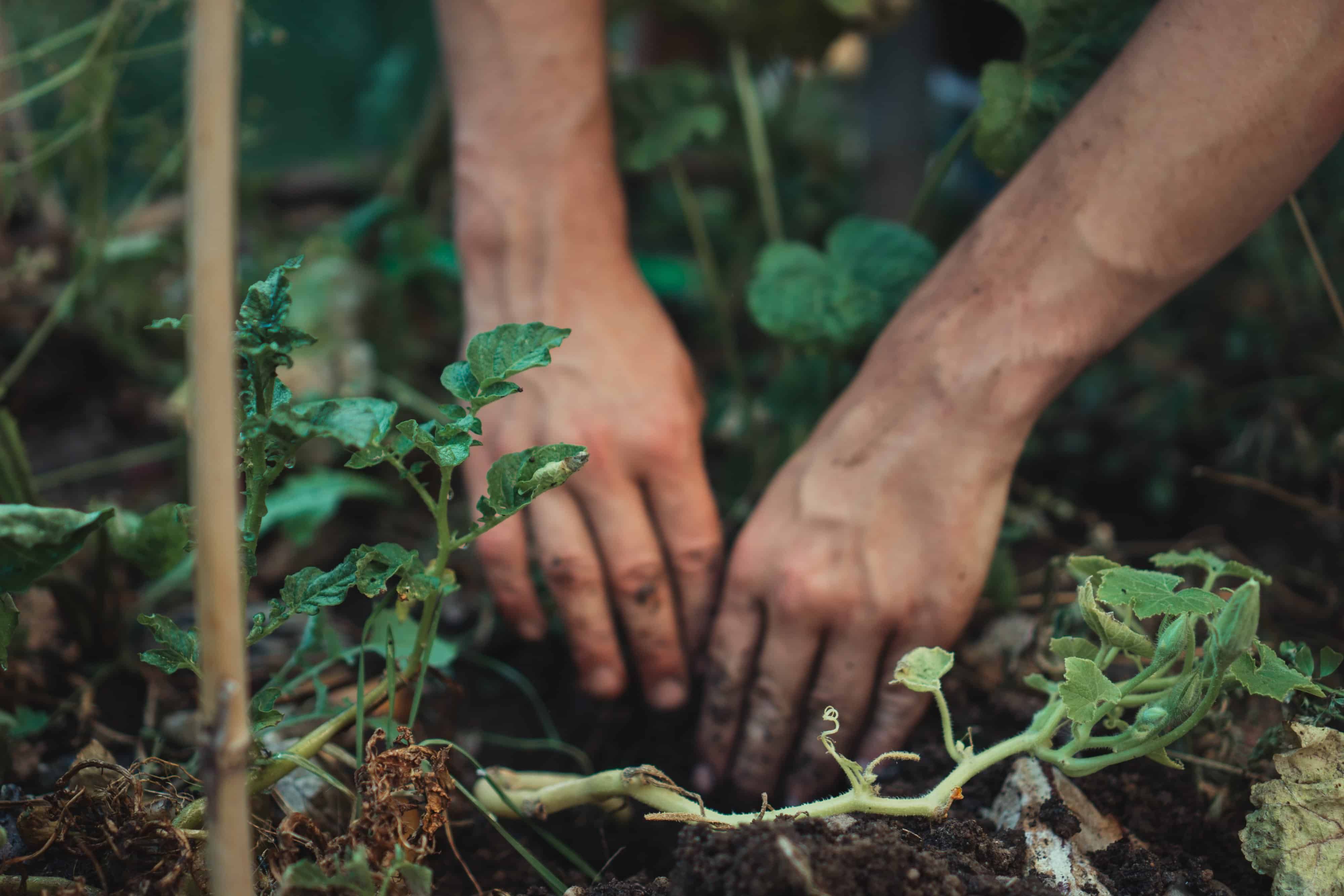Raised-bed gardening is a great way to add more space to your yard! It applies to garden beds made above ground level, typically in wooden, rectangular structures. They help to contain soil in a controlled environment with improved drainage. They also have fewer weeds, ease gardening from a manageable height, and keep out pests. Before you build your raised-bed garden, consider several factors, from mapping your land to material choice.
This article will introduce five tips for this type of gardening, so you can learn how to achieve the best raised bed for your yard. However, before we start, make sure you avoid the most common raised garden mistakes!
1. Map and Plan
Image credits: joegolby via Canva
Before building your raised beds and filling them with soil, first create a proper plan. Creating a diagram of where you will place the beds in your yard and conducting proper measurements can ensure adequate space and sizing. You can make this diagram on graph paper, with measured rope or string in your yard.
While creating raised beds, leave enough room to walk between each side to garden with ease. Three or four feet of room between each raised bed will give you plenty of space to move and water comfortably.
While mapping your land, keep track of which areas in your yard receive the most sunlight. Many plants require five to six hours of sunlight per day, so if you notice areas receiving much less sunlight, you shouldn't build beds in those spots.
By carefully mapping and planning, you will give your plants the best chance of success during their growing season.
2. Choose Materials Wisely.
Image credits: Caniceus via Pixabay
Build raised beds with materials that you can easily remove if you wish to relocate or redesign your yard in the future. Raised beds made from wood will be easier to disassemble than the ones made from concrete. Before assembling a new home for your plants, make sure to keep the materials in mind so things will be easier down the road.
Also, use thick materials for your raised beds as thin materials will expose your plants to harsh weather conditions. Whether the temperature is too hot or too cold, thin materials will not protect your plants adequately. There are many ways to create raised garden beds out of various materials, and you may even have some of them at home to create your unique design.
3. Choose the Right Soil
Image credits: Zoe Scaeffer via Unsplash
In yards with clay-filled soil and poor drainage, adding a raised-bed garden can expand your options. With raised beds, you're not restricted to the soil on your land; you can buy or mix components of topsoil, potting soil, and compost to your liking. In most gardening stores, you can purchase bags of soil specifically made for raised-bed gardening, but with some creativity, you can make your own.
If you grow vegetables, include organic matter like compost in your mix. Compost adds nutrients to the soil, reducing the need for fertilizer and strengthening your plants' growth.
4. Rotate Crops and Plants
Image credits: Jonathan Kemper via Unsplash
Keeping track of what you plant year-to-year can help ensure optimum soil quality. Planting the same crop every year in the same bed can lead to nutrient depletion in soil and increase the risk of disease. Crop rotation reduces disease and builds healthy, nutritious soil. Crop rotation refers to growing various crops in a sequence in the same area throughout the seasons.
Certain crops can clean soil and place healthy nutrients back into the ground. Planting them after you have harvested your crops can help keep your soil healthy. And, healthier soil equals happier crops in the next growing season!
5. Water & Mulch
Image credits: Filip Urban via Unsplash
Raised-bed gardening is beneficial for drainage, however, these beds can also cause soil to dry out easier. To mitigate dry soil these beds require watering more frequently than regular gardening. Some gardeners use rainwater to water their garden beds which has added benefits of being energy-saving and healthier for plants.
Using mulch to cover the soil can aid sun exposure and drying. Mulch acts as an effective soil cover and retains moisture needed by our plants to grow. Additionally, mulch reduces the surface area weeds can grow on and acts as a barrier to protect against soil erosion.
Raise The Garden!
We hope you appreciated these five tips to help you make the best decisions while creating your raised garden beds. While building raised beds, the fanciest materials aren't needed! Just use materials you already own and get creative on a budget.
If you enjoyed this article, share it with your friends, and leave a comment below with helpful tips you learned while raised-bed gardening!






